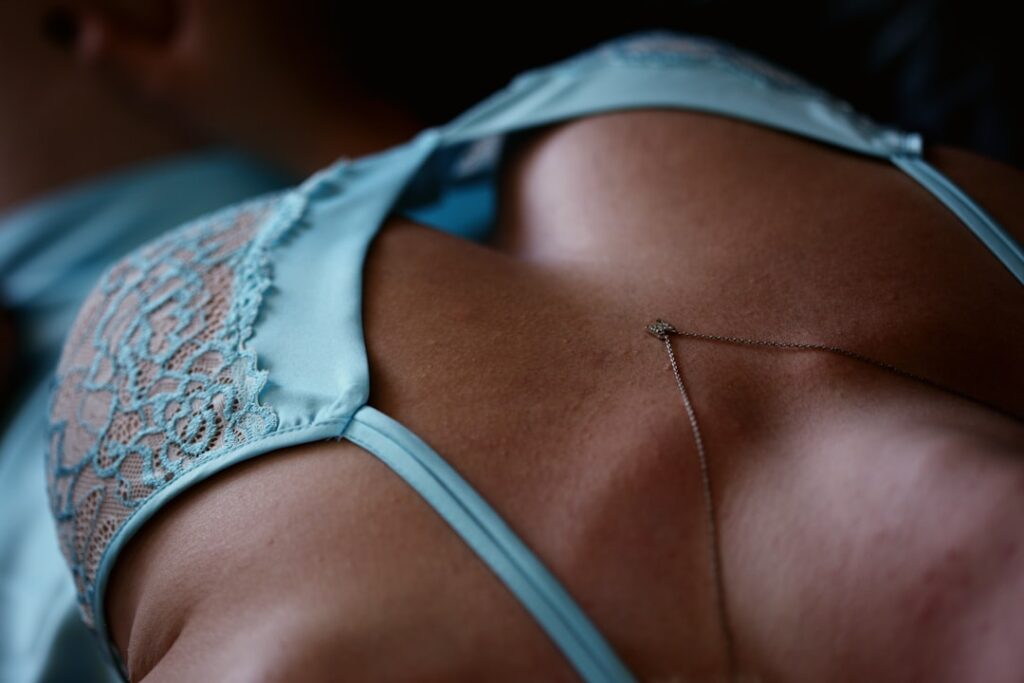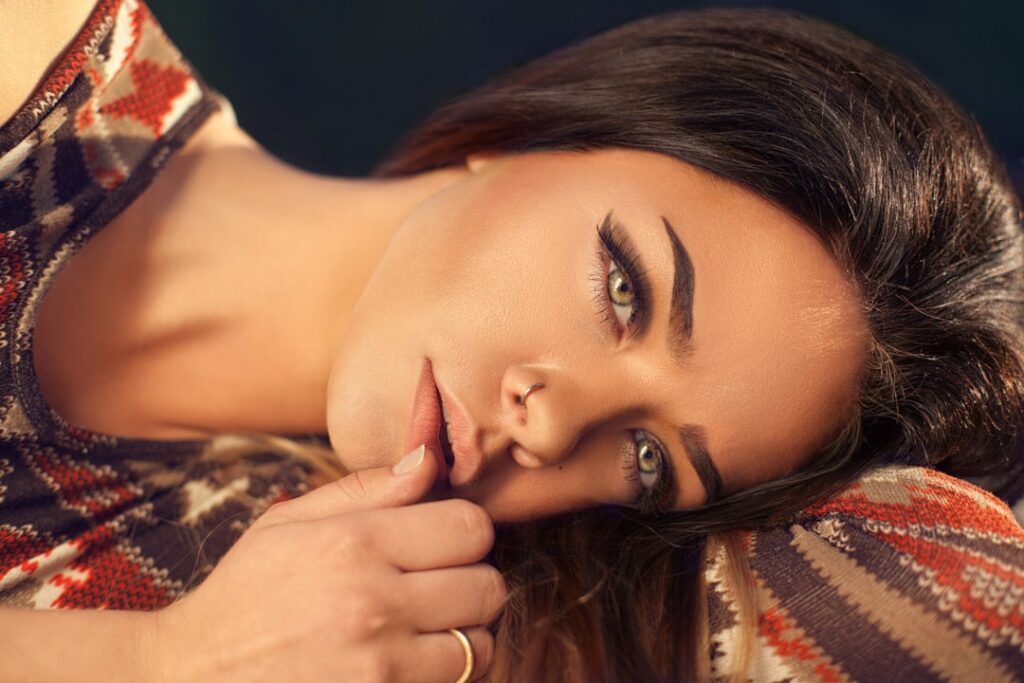Ero curves, also known as eros curves, are a type of mathematical curve that is characterized by its smooth, flowing, and organic shape. These curves are often used in art, design, and architecture to create aesthetically pleasing and visually interesting forms. Ero curves are different from traditional geometric shapes such as circles, squares, and triangles, as they do not have straight lines or sharp angles. Instead, they have a continuous and fluid shape that is reminiscent of natural forms such as waves, clouds, and plant leaves. Ero curves are often used to create organic and dynamic designs that evoke a sense of movement and vitality.
Ero curves are named after the Greek word “eros,” which means love or desire. This is fitting, as the curves are often associated with beauty, elegance, and sensuality. Ero curves are often used in art and design to create visually striking compositions that capture the viewer’s attention and evoke an emotional response. These curves can be found in a wide range of artistic and design disciplines, including painting, sculpture, graphic design, fashion design, and product design. Ero curves are also used in architecture to create buildings and structures with a sense of fluidity and grace. Overall, ero curves are a versatile and powerful tool for artists and designers looking to create visually captivating and emotionally resonant work.
Key Takeaways
- Ero curves are a type of mathematical curve that is defined by a specific equation and has a unique shape.
- The mathematics behind ero curves involves the use of parametric equations and trigonometric functions to create the distinctive curves.
- Ero curves are widely used in art and design for creating aesthetically pleasing and visually interesting patterns and shapes.
- Ero curves can be found in nature, such as in the shapes of certain plants, shells, and waves, showcasing their organic and harmonious qualities.
- Architects and designers often explore the use of ero curves in their work to create innovative and visually striking structures and forms.
The Mathematics Behind Ero Curves
Ero curves are a type of mathematical curve that can be described using mathematical equations and formulas. These curves are often defined using parametric equations, which describe the x and y coordinates of points on the curve as functions of a third variable, usually denoted as t. The parametric equations for ero curves can be quite complex, involving trigonometric functions, exponential functions, and other mathematical operations. However, the result is a smooth and flowing curve that can be used to create visually interesting and aesthetically pleasing designs.
One of the key characteristics of ero curves is their smoothness and continuity. Unlike traditional geometric shapes, which have sharp angles and straight lines, ero curves have a continuous and fluid shape that is free from abrupt changes in direction. This smoothness is achieved through the use of mathematical operations that ensure that the curve has no kinks or corners. Another important characteristic of ero curves is their organic and natural appearance. These curves often resemble natural forms such as waves, clouds, and plant leaves, and this is achieved through the use of mathematical operations that mimic the patterns and shapes found in nature.
Overall, ero curves are a product of complex mathematical operations that result in smooth, flowing, and organic shapes. These curves can be described using parametric equations that involve trigonometric functions, exponential functions, and other mathematical operations. The result is a versatile and powerful tool for artists and designers looking to create visually captivating and emotionally resonant work.
Applications of Ero Curves in Art and Design
Ero curves have a wide range of applications in art and design, where they are used to create visually striking and emotionally resonant compositions. In painting and sculpture, ero curves can be used to create dynamic and fluid forms that capture the viewer’s attention and evoke a sense of movement and vitality. These curves can be used to create compositions that are both aesthetically pleasing and emotionally evocative, making them a valuable tool for artists looking to create impactful work.
In graphic design and fashion design, ero curves can be used to create visually interesting patterns and shapes that stand out from traditional geometric forms. These curves can be used to create designs that have a sense of flow and movement, adding a dynamic element to the composition. In product design, ero curves can be used to create products with a sense of elegance and sophistication, as the smooth and flowing shapes can evoke a sense of luxury and refinement.
Ero curves are also widely used in architecture to create buildings and structures with a sense of fluidity and grace. These curves can be used to create visually interesting facades, interiors, and exteriors that stand out from traditional architectural forms. Ero curves can also be used to create structures that blend seamlessly with their natural surroundings, creating a sense of harmony between the built environment and the natural world.
Overall, ero curves have a wide range of applications in art and design, where they are used to create visually striking and emotionally resonant compositions. These curves can be found in painting, sculpture, graphic design, fashion design, product design, and architecture, making them a versatile tool for artists and designers looking to create impactful work.
Ero Curves in Nature
| Curve Type | Description |
|---|---|
| Logarithmic Spiral | A spiral curve found in shells, horns, and some plants. |
| Parabolic Curve | Commonly seen in the shape of a water droplet or the trajectory of a thrown object. |
| Helical Curve | Seen in the shape of DNA molecules and some plant tendrils. |
Ero curves are often associated with natural forms such as waves, clouds, and plant leaves, making them a powerful tool for artists and designers looking to capture the beauty and complexity of the natural world. In nature, ero curves can be found in a wide range of organic forms, where they create visually interesting patterns and shapes that evoke a sense of movement and vitality. These curves can be found in the patterns of waves on the ocean, the shapes of clouds in the sky, and the contours of plant leaves in the forest.
One of the key characteristics of ero curves in nature is their smoothness and continuity. These curves have a continuous and fluid shape that is free from abrupt changes in direction, creating a sense of flow and movement. This smoothness is achieved through the use of mathematical operations that mimic the patterns and shapes found in nature, resulting in visually interesting compositions that capture the beauty of the natural world.
Overall, ero curves can be found in a wide range of organic forms in nature, where they create visually interesting patterns and shapes that evoke a sense of movement and vitality. These curves can be found in the patterns of waves on the ocean, the shapes of clouds in the sky, and the contours of plant leaves in the forest, making them a powerful tool for artists and designers looking to capture the beauty and complexity of the natural world.
Exploring Ero Curves in Architecture
Ero curves are widely used in architecture to create buildings and structures with a sense of fluidity and grace. These curves can be used to create visually interesting facades, interiors, and exteriors that stand out from traditional architectural forms. Ero curves can also be used to create structures that blend seamlessly with their natural surroundings, creating a sense of harmony between the built environment and the natural world.
One of the key applications of ero curves in architecture is in creating buildings with organic forms that mimic natural shapes such as waves or plant leaves. These buildings often have a sense of flow and movement that sets them apart from traditional architectural forms. Ero curves can also be used to create structures with dynamic shapes that change as the viewer moves around them, creating an ever-changing visual experience.
Ero curves can also be used to create structures with a sense of elegance and sophistication. The smooth and flowing shapes can evoke a sense of luxury and refinement, making them well-suited for high-end residential or commercial buildings. Overall, ero curves are a powerful tool for architects looking to create buildings with a sense of fluidity, grace, elegance, and harmony with the natural world.
The Aesthetic Appeal of Ero Curves

Ero curves have a strong aesthetic appeal due to their smoothness, continuity, and organic shape. These curves are often associated with beauty, elegance, sensuality, and movement, making them a valuable tool for artists and designers looking to create visually striking compositions. Ero curves can be used to create designs that capture the viewer’s attention and evoke an emotional response, making them well-suited for a wide range of artistic disciplines.
One of the key reasons for the aesthetic appeal of ero curves is their resemblance to natural forms such as waves, clouds, and plant leaves. These organic shapes have an inherent beauty that is captivating to the eye, making them well-suited for creating visually interesting compositions. Ero curves can also be used to create designs with a sense of flow and movement that adds dynamism to the composition.
Overall, ero curves have a strong aesthetic appeal due to their smoothness, continuity, organic shape, resemblance to natural forms, beauty, elegance, sensuality, movement, dynamism – making them well-suited for creating visually striking compositions across various artistic disciplines.
How to Create Ero Curves in Art and Design
There are several methods for creating ero curves in art and design. One common method is to use computer software such as Adobe Illustrator or Photoshop to draw the curve using vector tools. This allows for precise control over the shape of the curve, as well as the ability to easily edit and manipulate it as needed. Another method is to use physical materials such as paper or fabric to create a template for the curve, which can then be traced onto a final surface such as canvas or wood.
In addition to these methods, artists and designers can also use mathematical equations to create ero curves. This involves using parametric equations that describe the x and y coordinates of points on the curve as functions of a third variable. By manipulating these equations using mathematical operations such as trigonometric functions or exponential functions, artists can create complex ero curves with precise control over their shape.
Overall, there are several methods for creating ero curves in art and design including using computer software such as Adobe Illustrator or Photoshop; using physical materials such as paper or fabric; using mathematical equations involving parametric equations manipulated using mathematical operations such as trigonometric functions or exponential functions – all allowing for precise control over the shape of the curve as well as easy editing or manipulation as needed.
If you’re interested in learning more about ero curves, you should check out this article on chicsstyle.com. They offer a comprehensive guide to understanding and embracing your body’s natural curves, including tips on how to dress to flatter your figure and boost your confidence. It’s a great resource for anyone looking to celebrate their unique shape and feel fabulous in their own skin.
FAQs
What are ero curves?
Ero curves are mathematical curves used to represent erosion patterns in a landscape. They are commonly used in the field of geomorphology to study and analyze the effects of erosion on landforms.
How are ero curves used in geomorphology?
Ero curves are used to quantify and visualize the erosion processes in a landscape. They help researchers and scientists understand the patterns and rates of erosion, as well as the factors that contribute to it.
What do ero curves reveal about erosion patterns?
Ero curves can reveal the spatial distribution of erosion, the intensity of erosion at different locations, and the overall erosion trends in a landscape. They can also provide insights into the factors influencing erosion, such as topography, climate, and land use.
How are ero curves constructed?
Ero curves are typically constructed using data from field surveys, remote sensing, or numerical modeling. The data is used to create a graphical representation of erosion patterns, often in the form of contour maps or 3D visualizations.
What are the applications of ero curves?
Ero curves are used in various applications, including land use planning, environmental management, and natural hazard assessment. They can also be used to monitor and predict changes in erosion patterns due to factors such as climate change or human activities.








